My project is divided into multiple parts, the big wooden box is the Main cabinet where the 1802 cpu, memory, display logic, i/o ports, PSU , 7 segment VFD tubes / display and a few switches.
Sitting above the main cabinet is the LED " test tubes" display, here memory address and data are displayed in a linear fashion 0 to F hex. 4 left tubes are memory addresses, next two are memory Data, rightmost two are Pre-Data .
The next peripheral is the Keyboards ( Binary and Hex ) and the audio horn "speaker". Starting at the top, protruding up from the back is the Horn, below the horn is the Safe Dial looking thingy, that is the rotary BCD ( binary coded decimal -HEX ) encoder switch, turning it CW or CCW for digits 0 to F, upper toggle switch on the left selects MSB or LSB, most significant or least significant byte of the data word. Below the rotary keyboard is the large toggle switches (8), four grey and four white configured in a 8-4-2-1 weight assignment. and finally on the bottom is the HEX 0-F keypad.
To the far right are the two CRT video units. they both display the same info. The RCA CDP1861 graphics chip handles the images. It pretty crude only 64 x 128 pixels. The CRTs are FLAT screen monitors aka Sony Walkman types. Located here I can select different LED patterns to display within the Test tube leds, also here lives an Arduino generating the 0 to F voice.
TELETYPE / Typewriter, this unit consist of the mashup of a Remington # 7 and a Sharp PA-3000 electronic typewriter. I use it as a printer/ TTY terminal. It can print like a typewriter with local keyboard input, or an external PS/2 style keyboard. When wired up via the Serial port it communicates at 300 baud to either the RCA computer or any laptop/ desktop with serial terminal program. 300 baud is required because all the programs written for the RCA Cosmac ELF/ VIP only run at 300 N7, no parity, 7 bit, no handshaking. Attached to the Teletype/ typewriter (NVictria) is a 12 digit 14 segment VFD display echoing the serial data in/ out. Also connected to NVictria is the SPEECH unit. It consists of two main ICs the SPO256-AL2 and its companion chip the CTS256-AL2, this turns text into words. Finally connected to the Voice unit is the "Desk lamp" display unit. It has 12, 14 segment VFD tubes also displaying incoming serial data sent to the voice/ speech unit.
PROGRAMS are stored/ saved via audio cassette. see my video # 1 below on youtube
Future things I plan to add / build to this project,
A record engraving lathe to save the data to a record rather than a cassette or wave file. Using something like this DICTABELT device.


Here are the CPU PCB details board B1
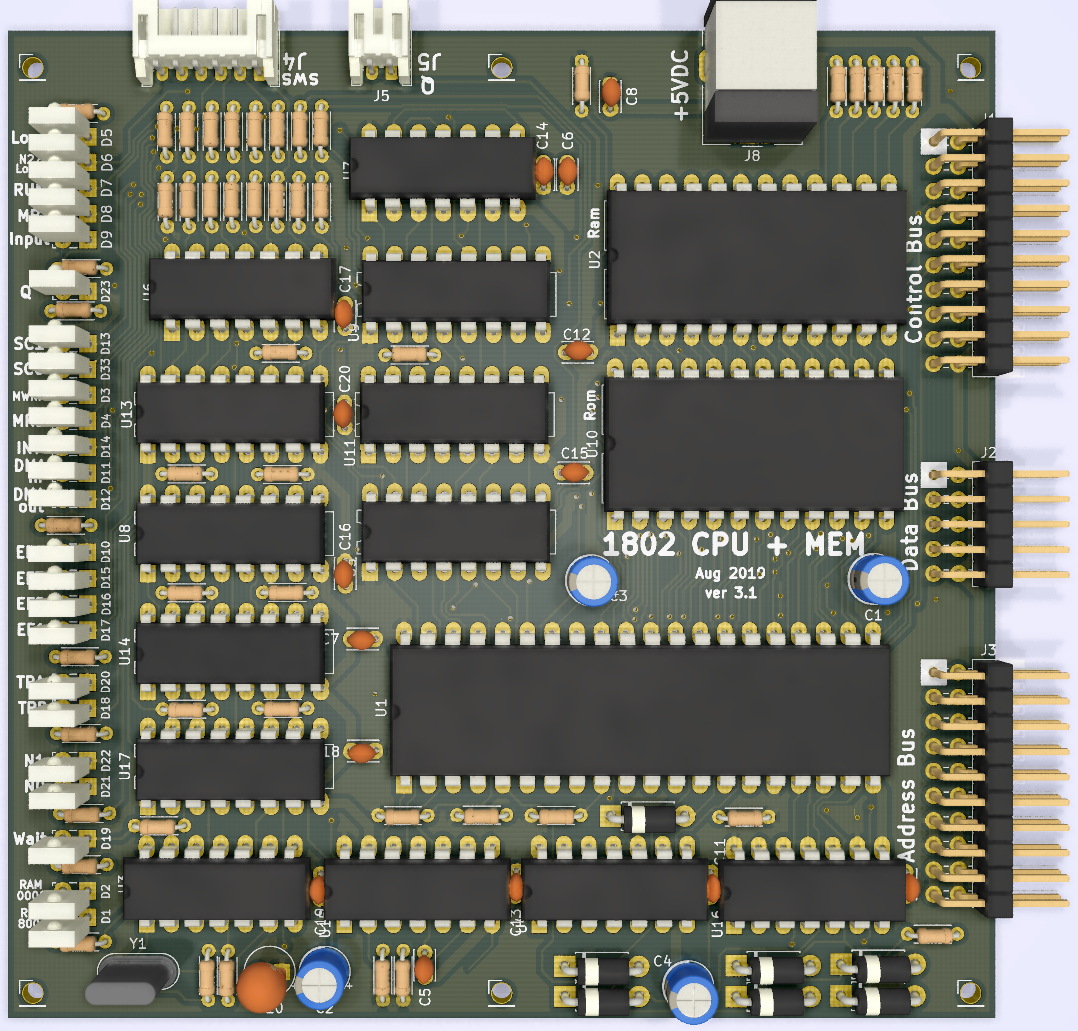

B1 RAM FRAM logic
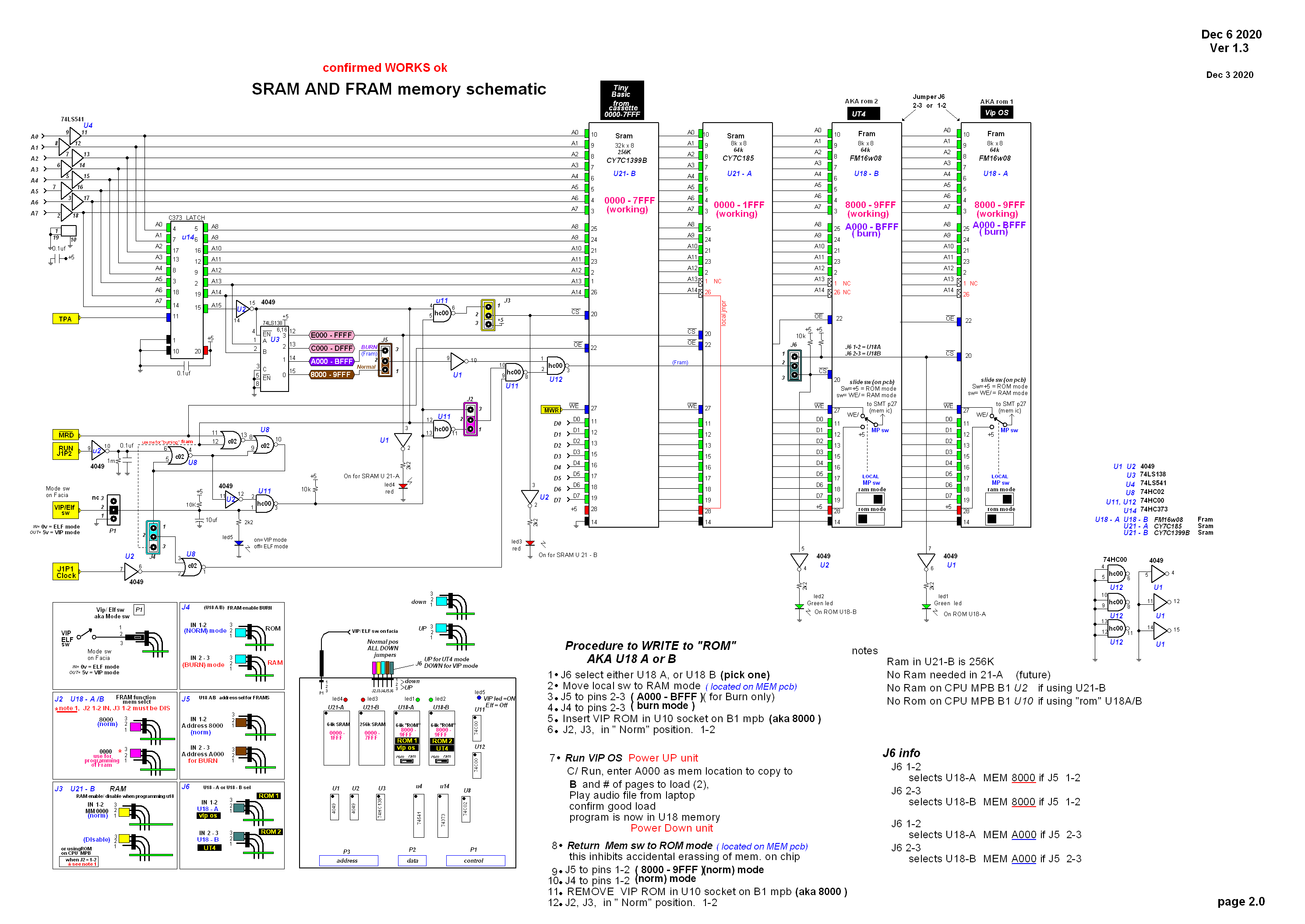

B2 OUTPUT pcb

B2 OUTPUT pcb
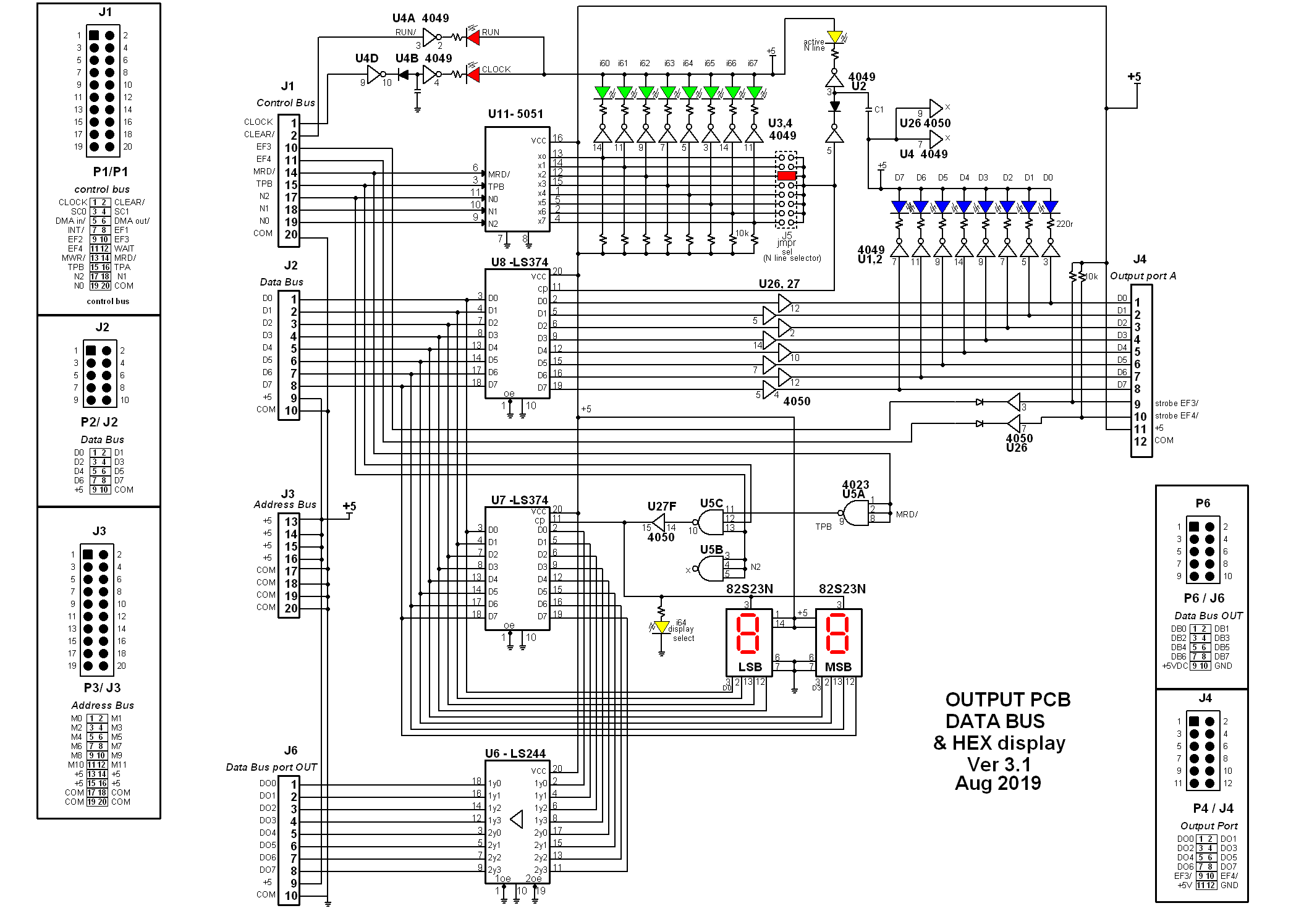

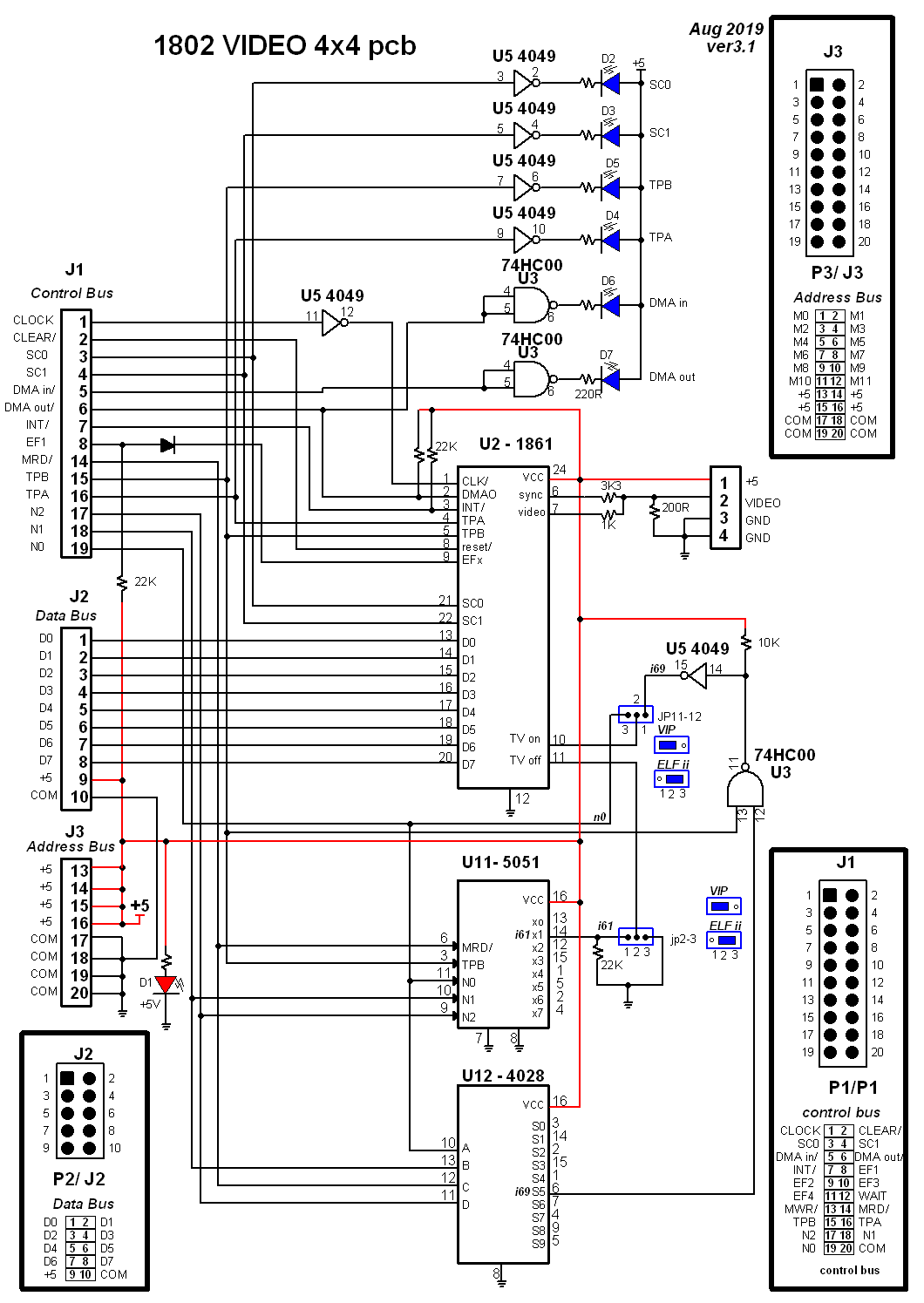
Hex voice Arduino circuit
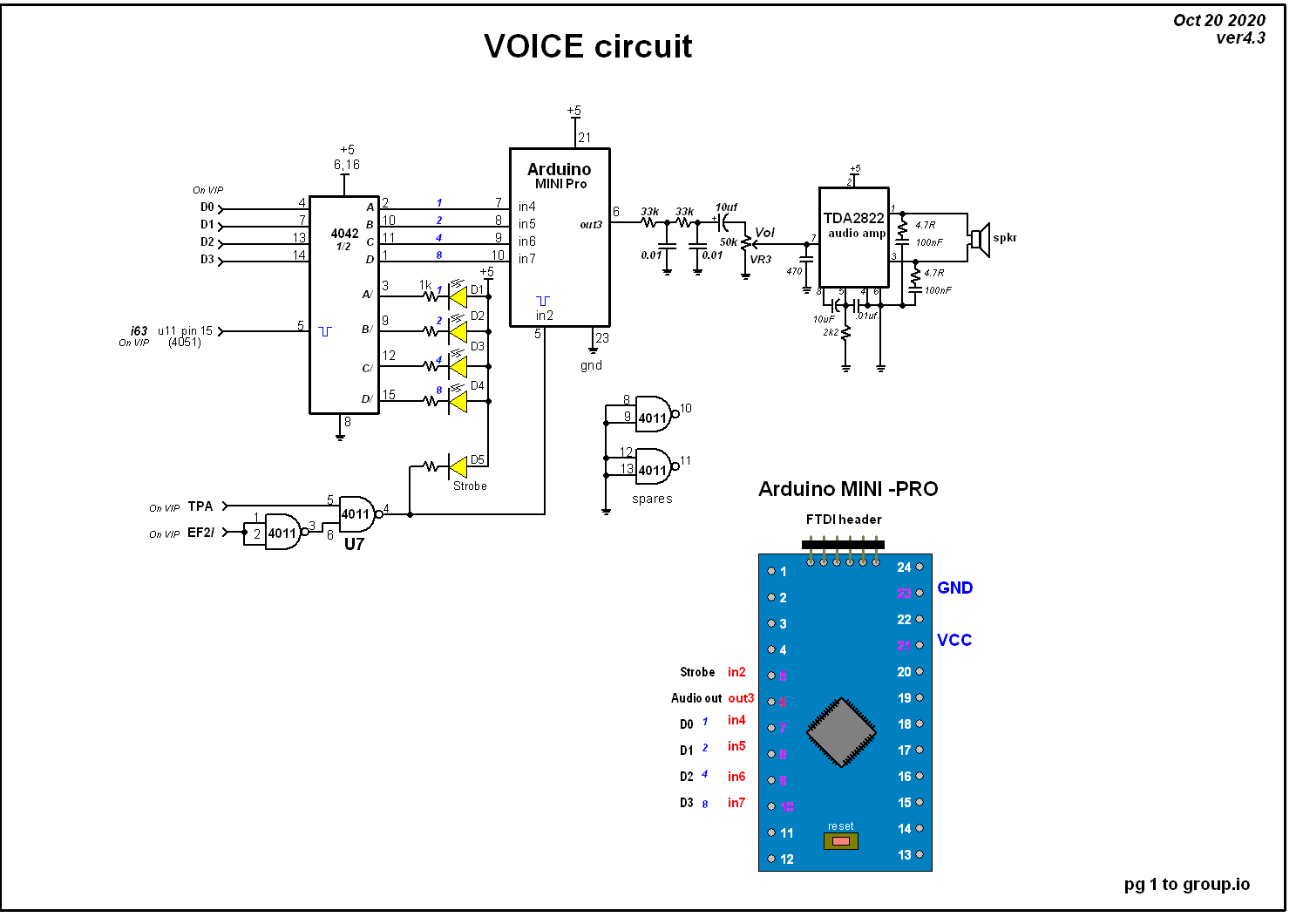
B12 Arduino led blinking circuit
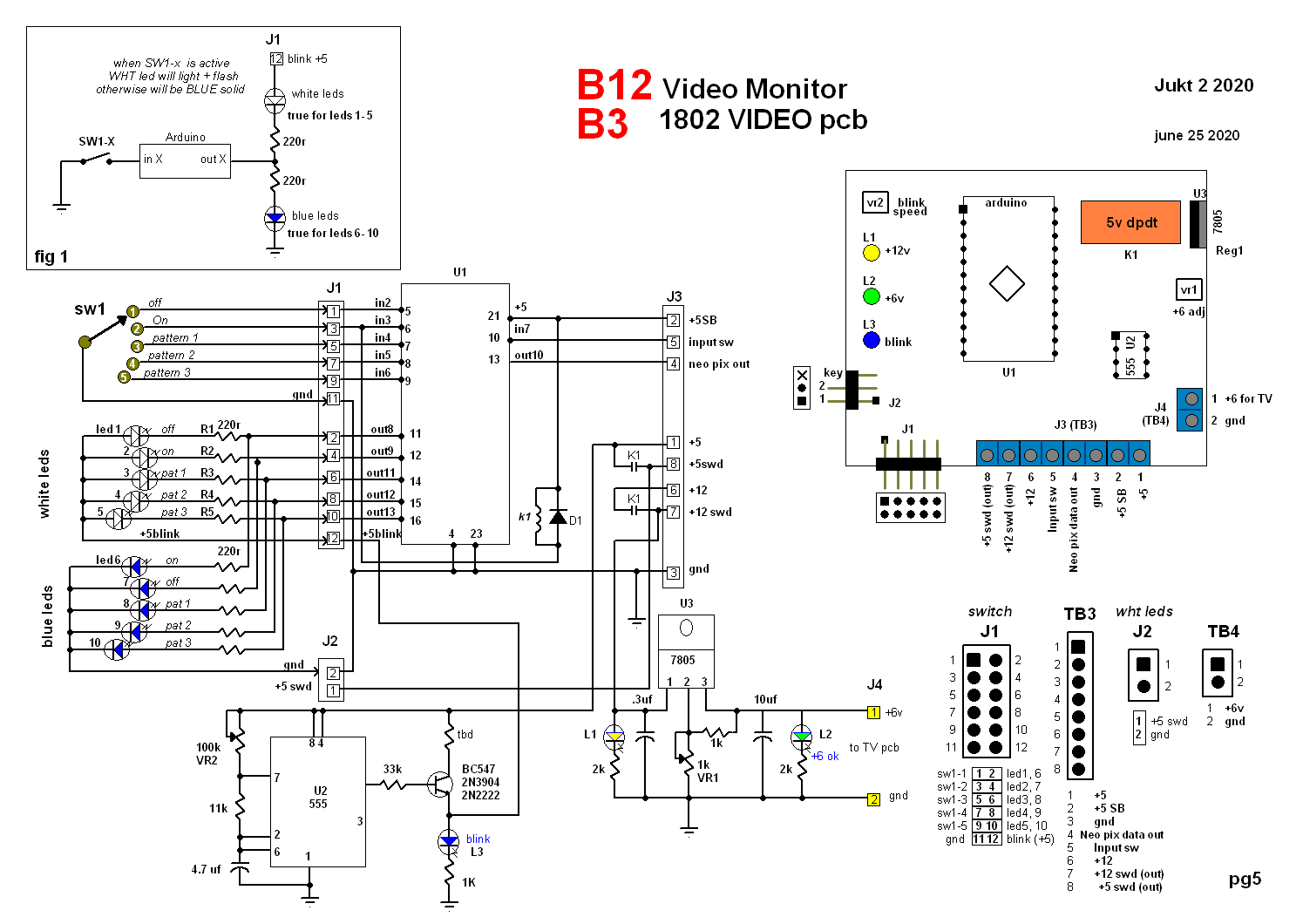
CRT unit
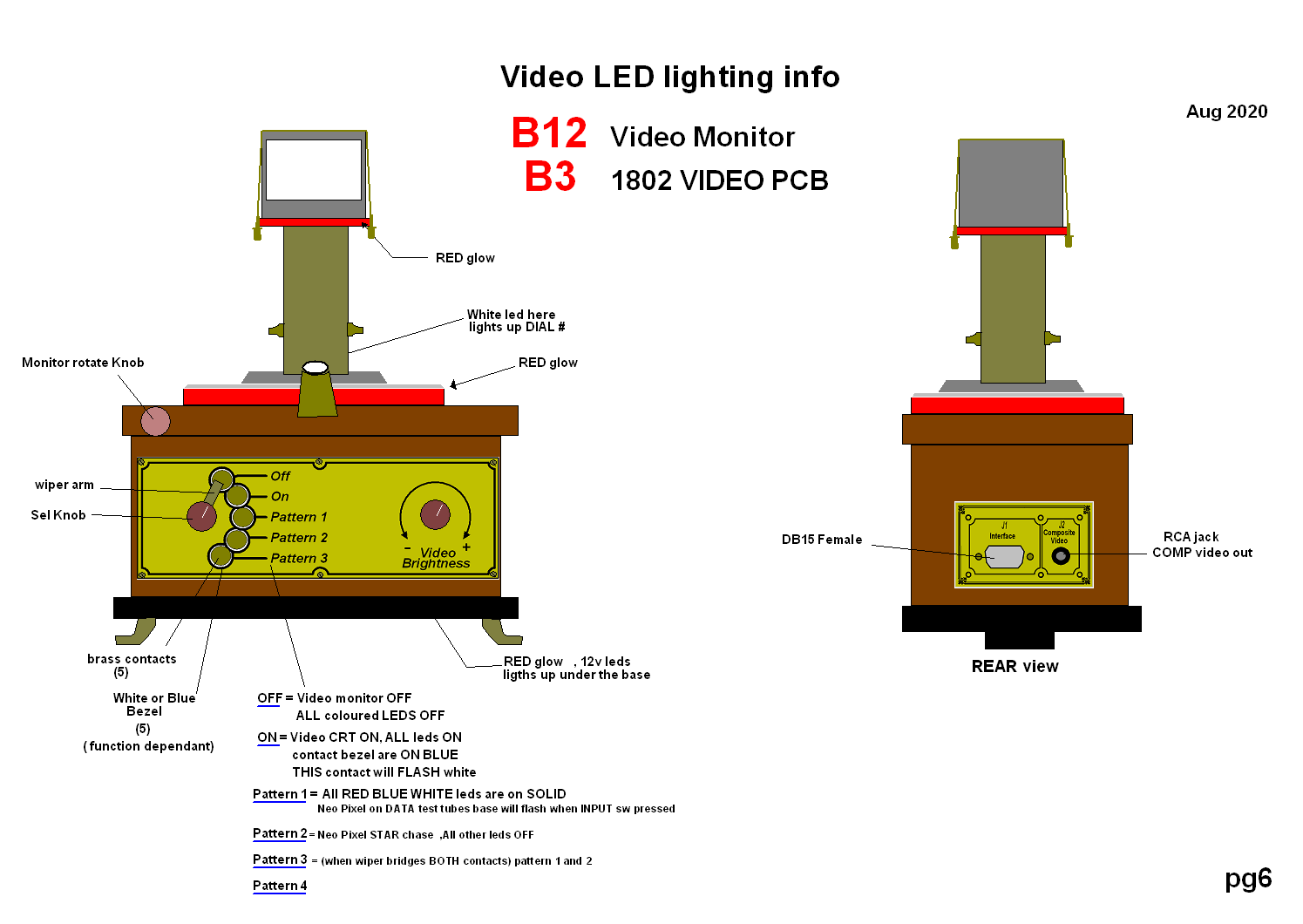
B4 Keyboard input PCB
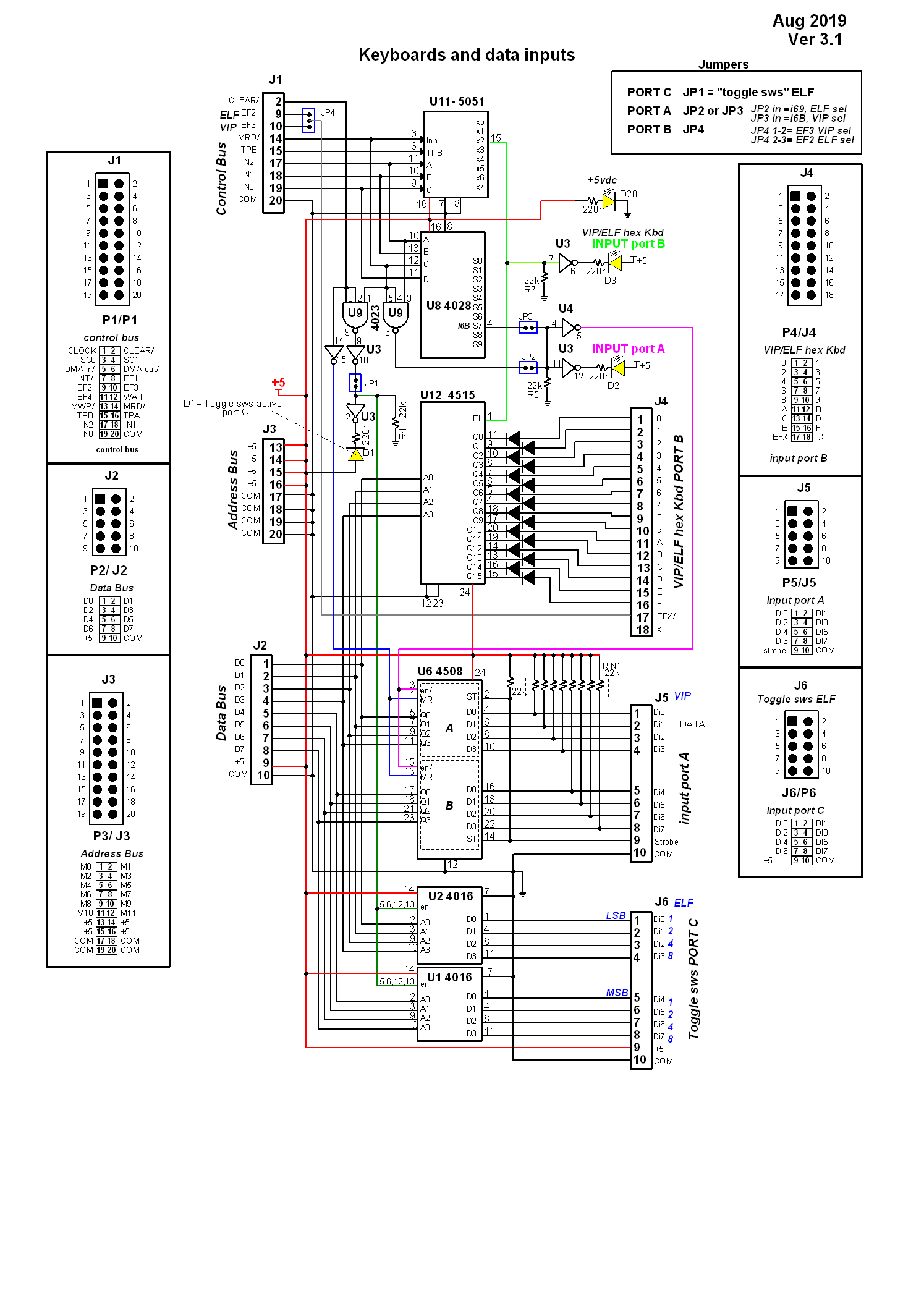
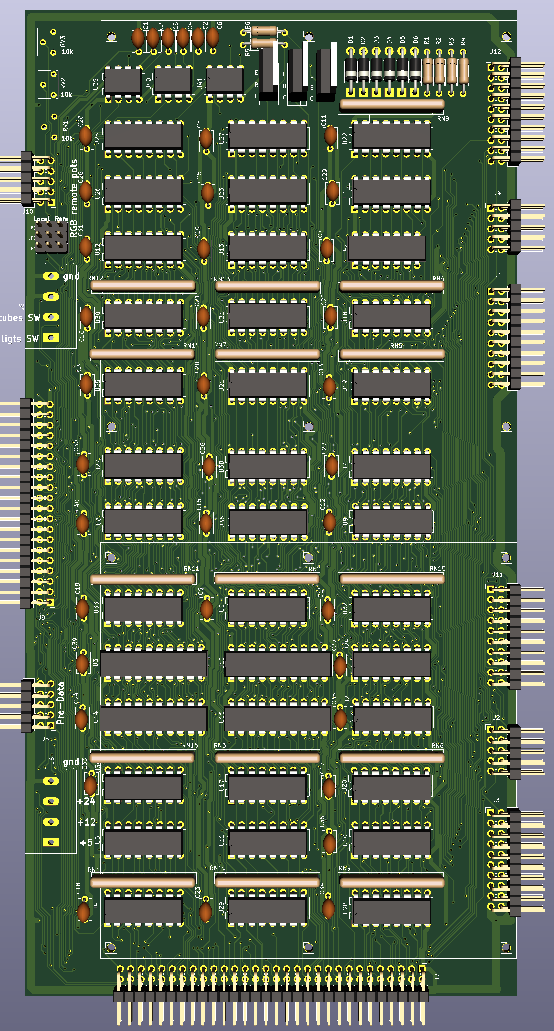
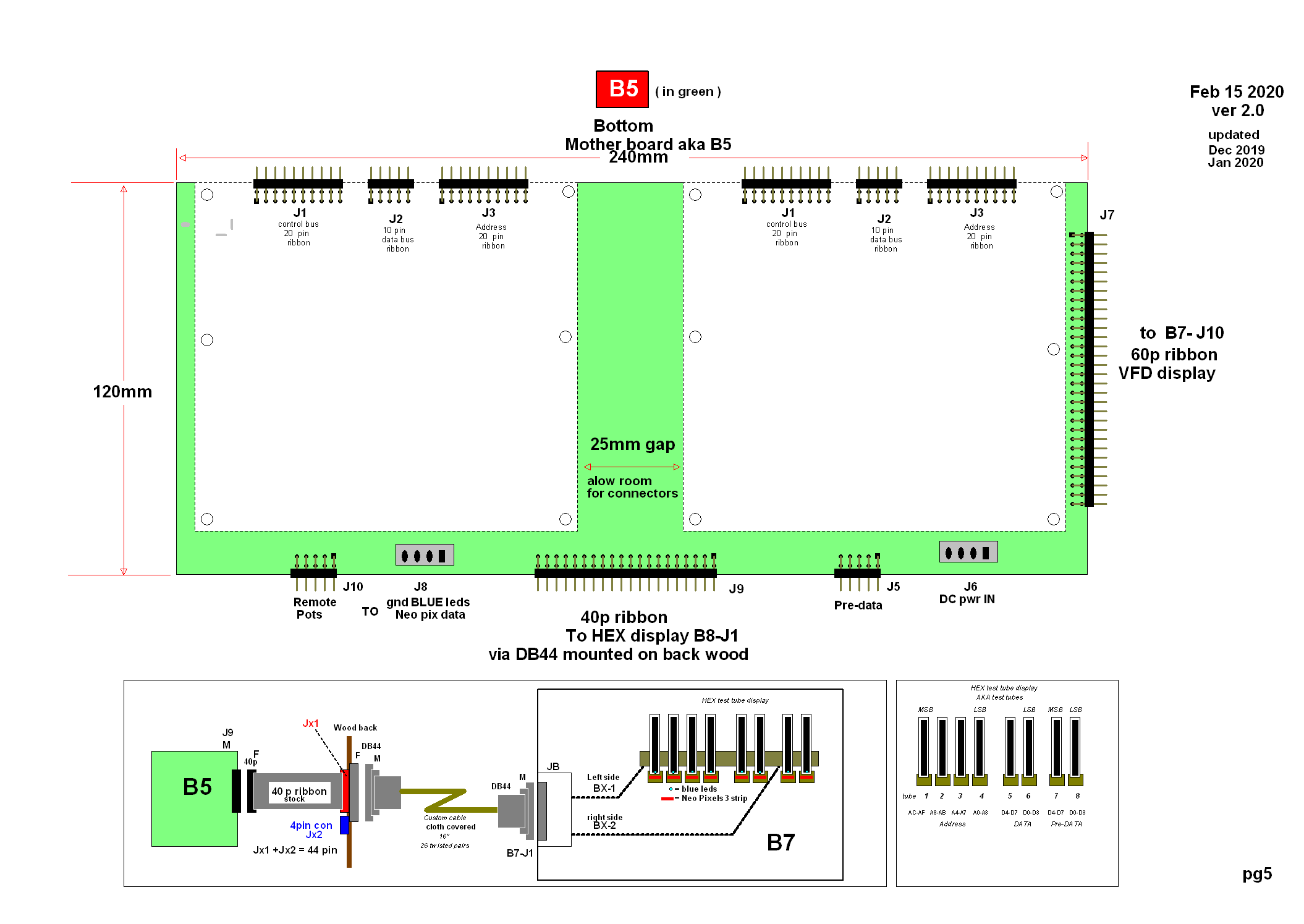

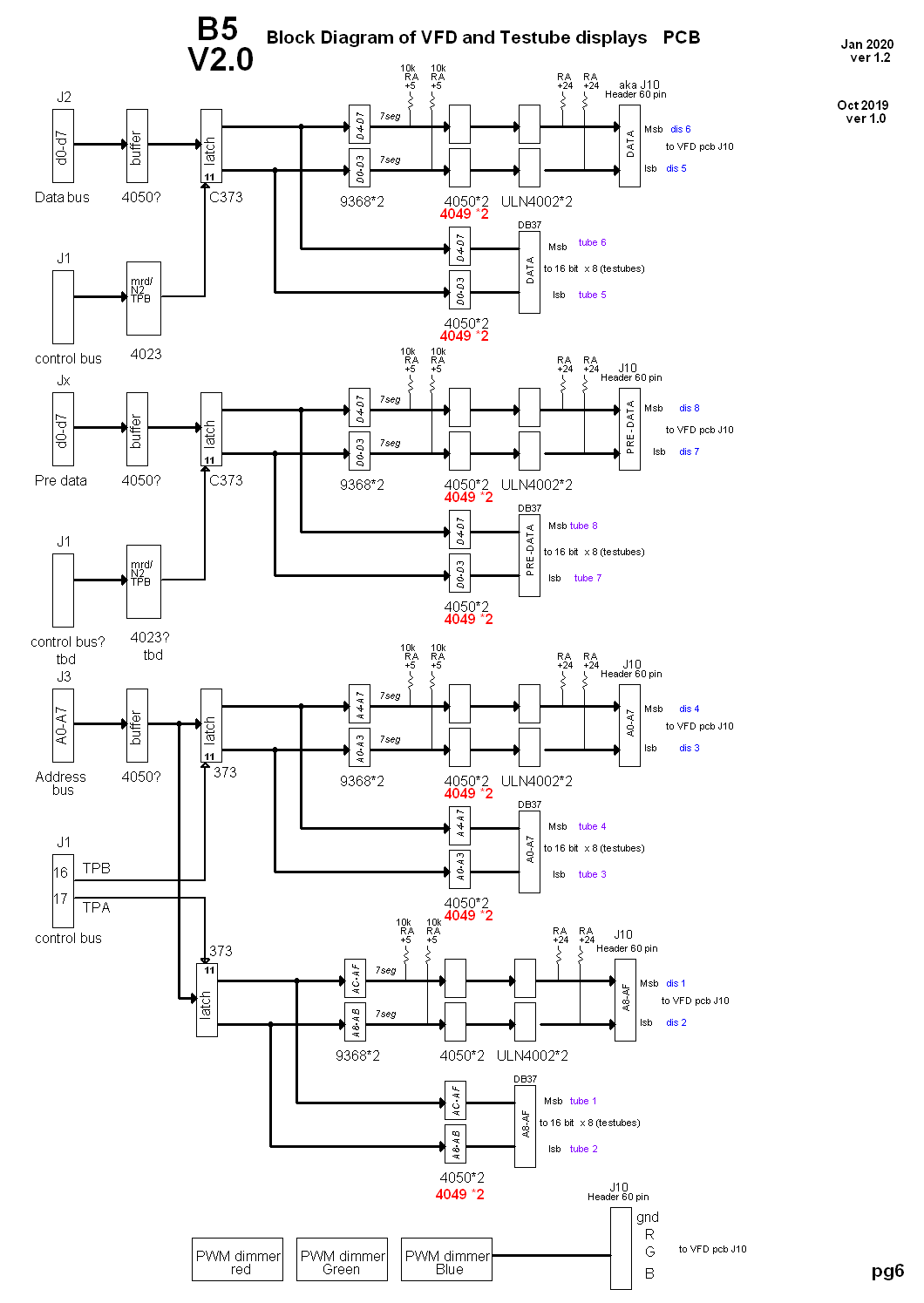
 Daniel Ross
Daniel Ross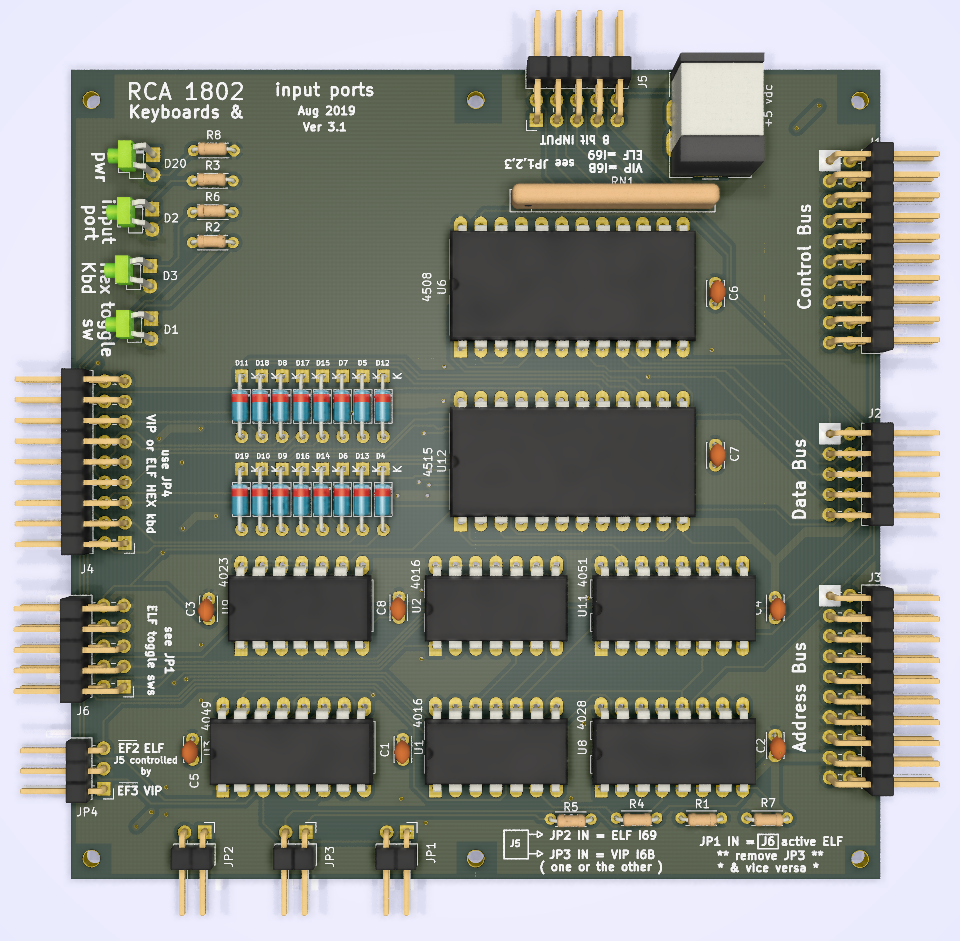
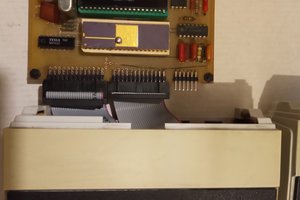
 Zegar
Zegar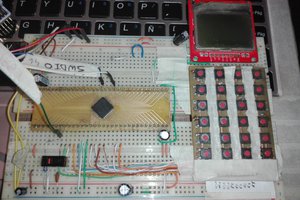
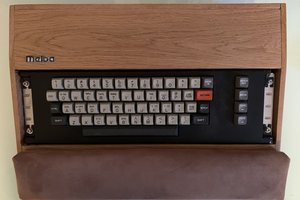
 Christian Bjelle
Christian Bjelle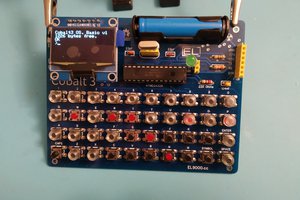
 Leonardo Leoni
Leonardo Leoni